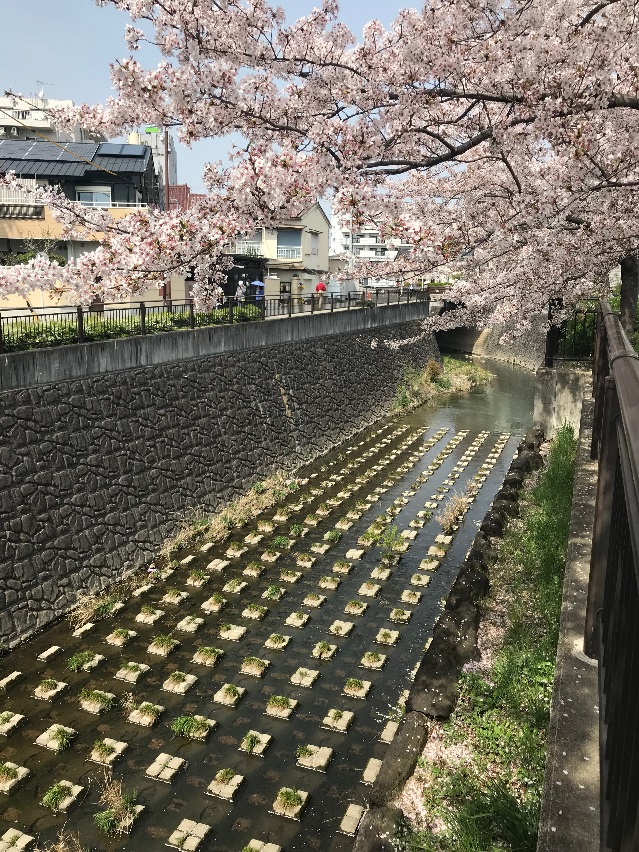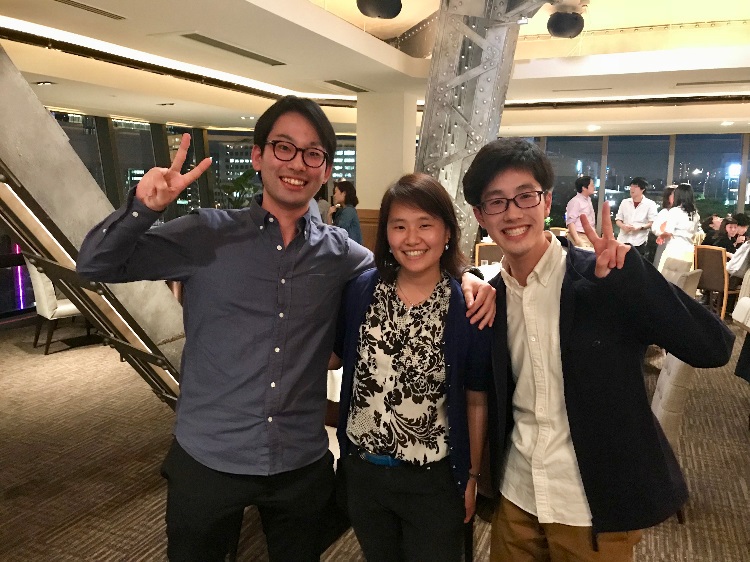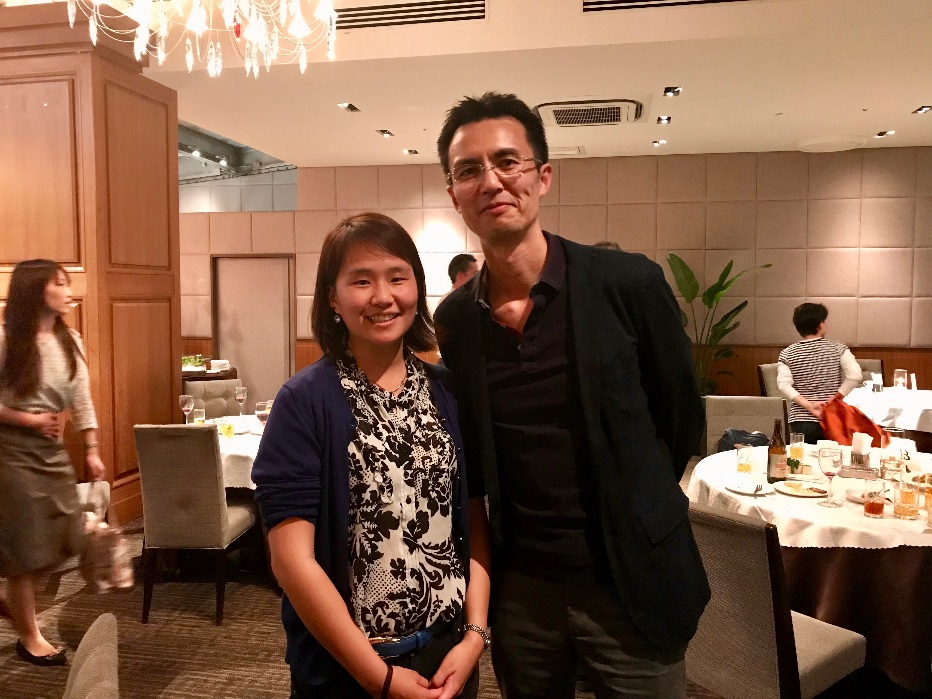Clinical Exchange in Japan
Welcome to Japan and Nagoya University school of Medicine!
Experience report
Name: Lydia Chow
School: Tulane University School of Medicine, Louisiana, USA
Study Period: April 2nd - April 27th, 2018
Departments: Hematology-Oncology and Pediatrics
The weekend I arrived in Nagoya, the sakura were in full bloom. Pink, airy sugar-spun clouds of cherry blossoms atop twisted branches. As a fourth-year US medical student, I was just a month away from graduation and a few short months away from the start of internal medicine residency. This moment in my life—with no looming exams, no pressing checklists—felt as precious and ephemeral as the petals falling like snow before my eyes.
For my first two weeks at Nagoya University School of Medicine, I rotated with Hematology-Oncology. I have had a fledgling interest in hematology-oncology over the years, and it was eye-opening to see the practice in Japan. A busy and robust department headed by Dr. Kiyoi, the hematology-oncology doctors I met seemed almost superhuman. Juggling a heavy load of clinical and research duties, these brilliant individuals still graciously found the time to teach me about leukemia management and their research on FLT3-ITD AML. They pointed out patients to me with diseases that are more common in Japan than the US (e.g. Adult T-Cell Leukemia,) showed me their corresponding bone marrow aspirate smears, and walked me through procedures that are less common in adult hematology-oncology practice in the US, like cord blood transplantation.
My last two weeks in Nagoya were hosted by the Pediatrics department, headed by Dr. Takahashi. I spent the first half with the Neurology team, caring for patients with a breadth of pathology I had not personally seen before, including lissencephaly and West Syndrome. Like any other American medical student, I’d learned to memorize the EEG “buzzwords” in exam questions, but now I was seeing the patterns in real patients, as Dr. Natsume walked us through the steps of interpreting an EEG and recounted his memories of the infamous Pokemon episode that induced seizures in hundreds of kids across Japan all at once. (Look it up, it’s a fascinating piece of medical pop culture trivia.) During our downtime, I befriended the Japanese medical student on the Neurology team as we discussed our respective experiences in medical school and geeked out over our shared interest in movies.
Concluding the month, I spent my last week with the Hematology-Oncology team in the Pediatrics department. Nagoya University’s Pediatric Heme-Onc department is considered one of the best in the country. As such, families from all over Japan bring their children to Nagoya seeking treatment. Our patient census was high—over 40 patients with the common childhood leukemias and cancers, as well as diseases I had never even heard of (e.g. Blastic Plasmacytoid Dendritic Cell Neoplasm, Interferonopathy). Regardless of what specialty you enter, it is incredibly inspiring to see how patient care is prioritized in this field. The Child Life specialists teach children about their diseases with felt cut-outs of cells, their surgeries with dollhouse-style OR models. I watched one girl play with a toybox of medical supplies, mimicking the steps of a blood draw on a doll the way she must have watched others do to her countless times. When a boy with ALL was curious about what was happening in his body, a physician took the time to show him the “bad guys” on his own slides under a microscope.
Fortuitously, my last week in Japan coincided with the Pediatrics department’s welcome party and became my own farewell to Nagoya. From the lavish banquet room atop Nagoya Tower, I could see the city lights sprawl across the darkening horizon of the place I had called home for the past month. Nurses and physicians new to the department performed choreographed dance routines onstage; medical students flocked to their teachers as they raised their glasses to toast one another. I was asked to give an impromptu farewell speech, and though I bumbled through whatever words floated to the top of my head, the sentiment underneath was genuine. There is beauty in the ephemeral, and like the sakura that greeted me on my arrival, my time at Nagoya University was fleeting but all the more treasured.



Click here to read other stories
Nagoya University Graduate School of Medicine